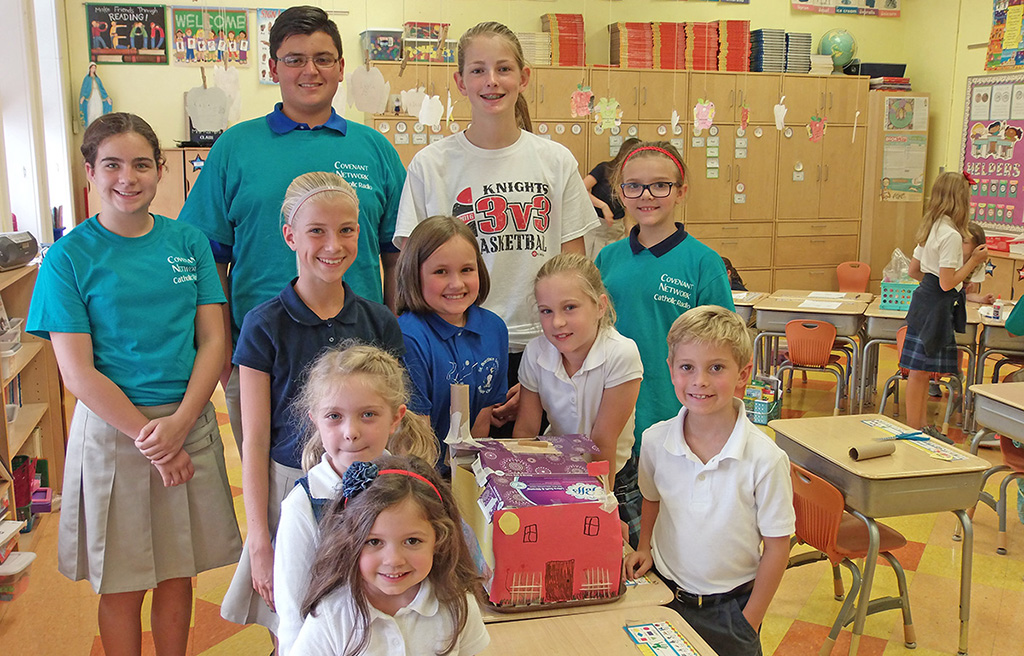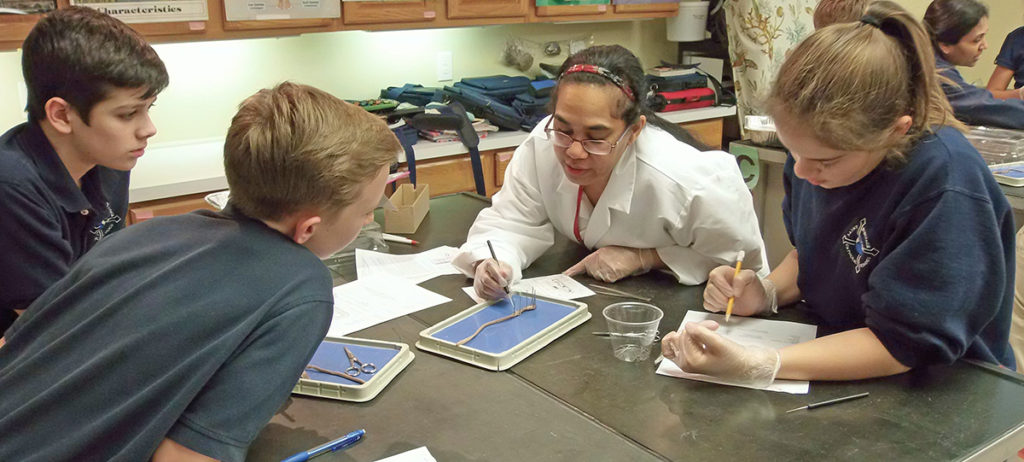Curriculum by Subject
St. Boniface fosters the many learning styles of its students and contributes to the benefits of multi-age learning by allowing students to work together on various projects throughout the school year. STREAM education in the classroom promotes creative thinking and problem solving among our students, and encourages them and prepares them for futures in Science, Technology, Religion, Engineering, Art and Mathematics.

Family Life is taught as a component of the religion curriculum in grades 5-8. The Diocesan approved curriculum program, In God’s Image, is used. Meetings with parents are held prior to the teaching of the program.

In additional to the textbooks/workbooks the lower elementary grades use manipulatives and flash cards. A variety of supplementary materials for math instruction are used in the all grades. Computer software programs in math are available for all grades in the computer lab.

A science lab technician conducts science activities and experiments with students in grades 2-8. Activities and experiments are drawn from textbooks and lab manuals available to each class, as well as from other relevant sources. The lab is well equipped with everything necessary to carry out the activities and experiments for each class.
Computer software programs in science are available for all students in the school’s computer lab. In addition the teachers have access to science videos, field trips, assembly programs by the St. Louis Science Center, and students also participate with science exhibits in the school’s annual Learning Fair. In an effort to stimulate student interest in space science, the seventh grade has a supplemental textbook, Exploring the Universe. Students study the basics of space science before making the seventh grade’s annual field trip to the U.S. Space and Rocket Center in Huntsville, Alabama.

Literature: Grades seven and eight use the Glencoe Literature series. During these two years students are introduced to a formal study of the short story, poetry, drama, and the novel.
English: Grades K-1 utilize the Shurley Method of English Instruction. Grades 2-6 use the MacMillan English series which combines the learning of grammar and writing skills. Grades 7 and 8 use Houghton Mifflin Series. It also combines the teaching of grammar with writing skills.
Phonics: Phonics is studied in grades K-3. The school uses the Modern Curriculum PMCP Plaid Phonics Series that teaches students to apply phonics to reading, writing, and spelling. By providing critical thinking questions it also develops comprehension and higher order thinking skills. Kindergarten uses the “Zoo-Phonics” Program and Harcourt Brace, in conjunction with the reading series.
Spelling: Grades 1 –4 use the McGraw Hill spelling book. Grades 5 and 6 use the Houghton Mifflin spelling series. Students in grades 7 and 8 use a vocabulary book published by Houghton Mifflin.
Handwriting: The D’Nealian handwriting method is taught in grades K-3. The Scott Foresman Series is used.
Supplementary Materials: A wide variety of reading materials are available to students in the classrooms, the library, and through the Accelerated Reading Program. There are computer software programs in all areas of language arts in the computer lab. Dictionaries and thesauruses are also available in the classrooms.

Grade seven studies World Geography and uses the Glencoe book, The World and Its People. Grade 8 uses the Glencoe McGraw Hill Series. They study American History, the Illinois Constitution, and the United States Constitution.
The Internet and computer software programs are available in all grades to explore and research topics in social studies.

Students in grade 4-8 may begin receiving instruction on a musical instrument and play in the school band. Students receive instrumental instruction once a week and remain after school one or two days a week for ensemble practice. The school band performs in the annual Christmas Program and in the Spring Concert. During the fall, the band marches in three parades in Edwardsville.
Students in grades 4-8 may also sing in the school chorus. The chorus practices once a week and sings in the annual Christmas Program and spring concert.





